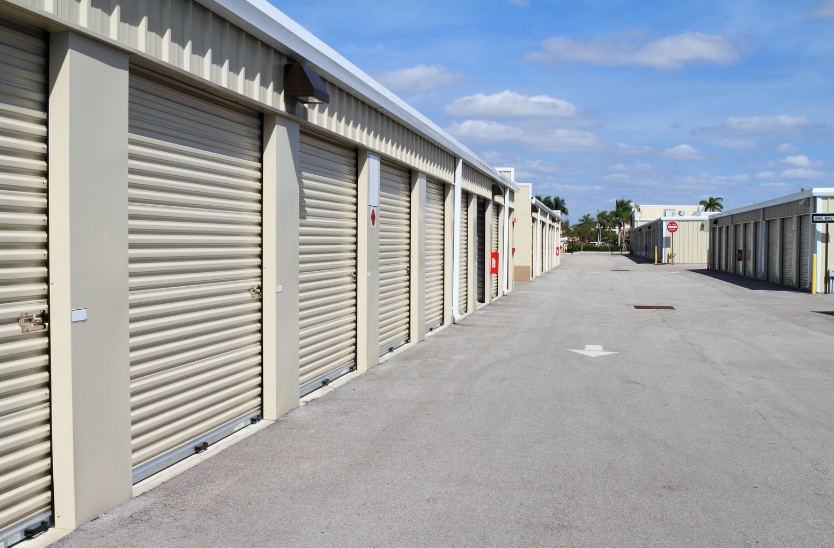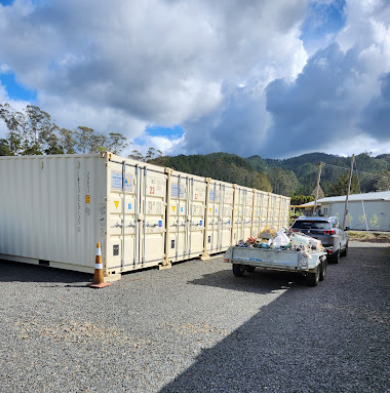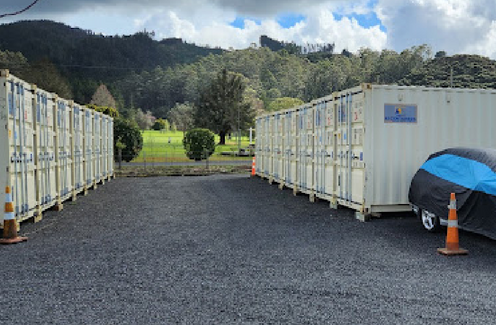
Table Of Contents
Utilizing vertical space in dry storage rooms
When it comes to efficient dry storage solutions, utilising vertical space in your storage room can significantly increase your storage capacity. This method is particularly beneficial for businesses or individuals with limited space for dry container storage near me. One way to make the most of vertical space is by installing sturdy and adjustable shelving units that extend from floor to ceiling.
Think beyond just stacking items on the floor and look up to explore the potential of overhead storage options. Invest in tall storage racks or shelving systems that allow you to neatly arrange and store items vertically. By maximising the vertical space in your dry storage area, you can create a more organised and easily accessible space, enabling you to efficiently manage inventory and keep track of stock levels.
Installing shelves for better organization
Installing shelves for better organization in dry container storage near me is essential for maximising space efficiency. By investing in sturdy and adjustable shelving units, it becomes easier to categorise items based on their type or expiry date. Vertical space can be optimised by strategically placing shelves along the walls, allowing for more floor space to store larger items or pallets.
When shelves are well-organised in dry container storage near me, it aids in quick inventory checks and reduces the risk of items getting misplaced. Utilising clear labelling and grouping similar products together enhances the overall efficiency of the storage area. Accessing items becomes more streamlined, contributing to smoother operations and preventing unnecessary clutter within the storage space.
Importance of temperature control in dry storage
Temperature control is a critical aspect of maintaining quality and extending the shelf life of items stored in a dry storage facility. It is essential to keep storage areas cool and dry to prevent spoiling, mould growth, and pest infestations. By controlling the temperature within the storage space, businesses can ensure that their products remain in optimal condition for an extended period. This is particularly crucial for businesses that rely on dry container storage near me to keep their goods intact and ready for distribution.
Maintaining the right temperature also helps to preserve the flavour, texture, and overall quality of stored goods. By keeping the storage area at an appropriate temperature, businesses can prevent fluctuations that may accelerate the deterioration of products. Ensuring that the environment remains cool and dry can significantly reduce the risk of foodborne illnesses and product spoilage, thus enhancing both food safety and consumer satisfaction. Proper temperature control in dry storage is key to protecting inventory and ultimately securing the reputation and success of a business.
Keeping storage areas cool and dry
To maintain the quality of stored goods, it is imperative to keep storage areas cool and dry. By controlling the temperature within storage units, the risk of spoilage or deterioration can be significantly reduced. Utilising proper ventilation systems and insulating walls can aid in maintaining a cool environment, preserving the freshness of goods for longer periods. When looking for dry container storage near me, it is essential to consider facilities that prioritise the control of temperature and humidity to ensure the optimal condition of stored items.
Additionally, ensuring dry storage areas remain free from excess moisture is crucial in preventing the growth of mould and mildew on products. Implementing measures such as dehumidifiers or desiccants can assist in maintaining the dryness of the storage space, safeguarding goods from potential damage. When exploring options for dry container storage near me, it is vital to inquire about methods employed to control humidity levels within the facility, as this can directly impact the longevity and quality of the stored items.
Best practices for longterm dry storage
When aiming for effective long-term dry storage, utilizing proper rotation techniques is crucial. By consistently rotating stock, you can prevent spoilage and ensure that items are used before reaching their expiration dates. This practice not only contributes to maintaining the quality of your stored goods but also aids in minimising unnecessary waste. Remember to check the dates of products regularly to facilitate a seamless rotation process.
To optimise your long-term dry storage endeavours, consider seeking out dry container storage near me. Storing items in designated containers can help in safeguarding them from external elements and potential damage, enhancing their longevity. Invest in high-quality storage containers that provide secure and durable housing for your goods. Ensure that these containers are labelled and organised efficiently to streamline inventory management processes.
Rotating stock to prevent spoilage
To prevent spoilage of items in dry container storage near me, it is crucial to implement a rotation system. This involves regularly checking the products' expiry dates and rearranging them so that older items are used first. By rotating stock in this manner, the risk of items sitting in storage for too long and becoming unusable is significantly reduced.
Moreover, rotating stock also helps in maintaining an organised storage space. By consistently moving items around and ensuring that older products are used before newer ones, it becomes easier to keep track of inventory levels and avoid any instances of overlooking certain items. This practice not only helps in preventing wastage but also ensures that the storage area is efficiently managed.
FAQS
What is dry storage?
Dry storage refers to the practice of storing goods in a controlled environment with low humidity levels to prevent spoilage and maintain product quality.
How can I utilize vertical space in dry storage rooms?
To make the most of vertical space in dry storage rooms, consider installing tall shelving units or racks to store items efficiently and maximize storage capacity.
Why is temperature control important in dry storage?
Temperature control is crucial in dry storage to prevent fluctuations that can impact the quality and shelf life of stored goods. Maintaining a consistent temperature helps preserve the integrity of products.
How can I keep storage areas cool and dry?
To keep dry storage areas cool and dry, ensure proper ventilation, use dehumidifiers if necessary, and monitor humidity levels regularly to prevent moisture buildup that can lead to spoilage.
What are the best practices for long-term dry storage?
Best practices for long-term dry storage include rotating stock to prevent spoilage, conducting regular inventory checks, labeling items clearly, and following proper storage guidelines to ensure product quality and safety.




